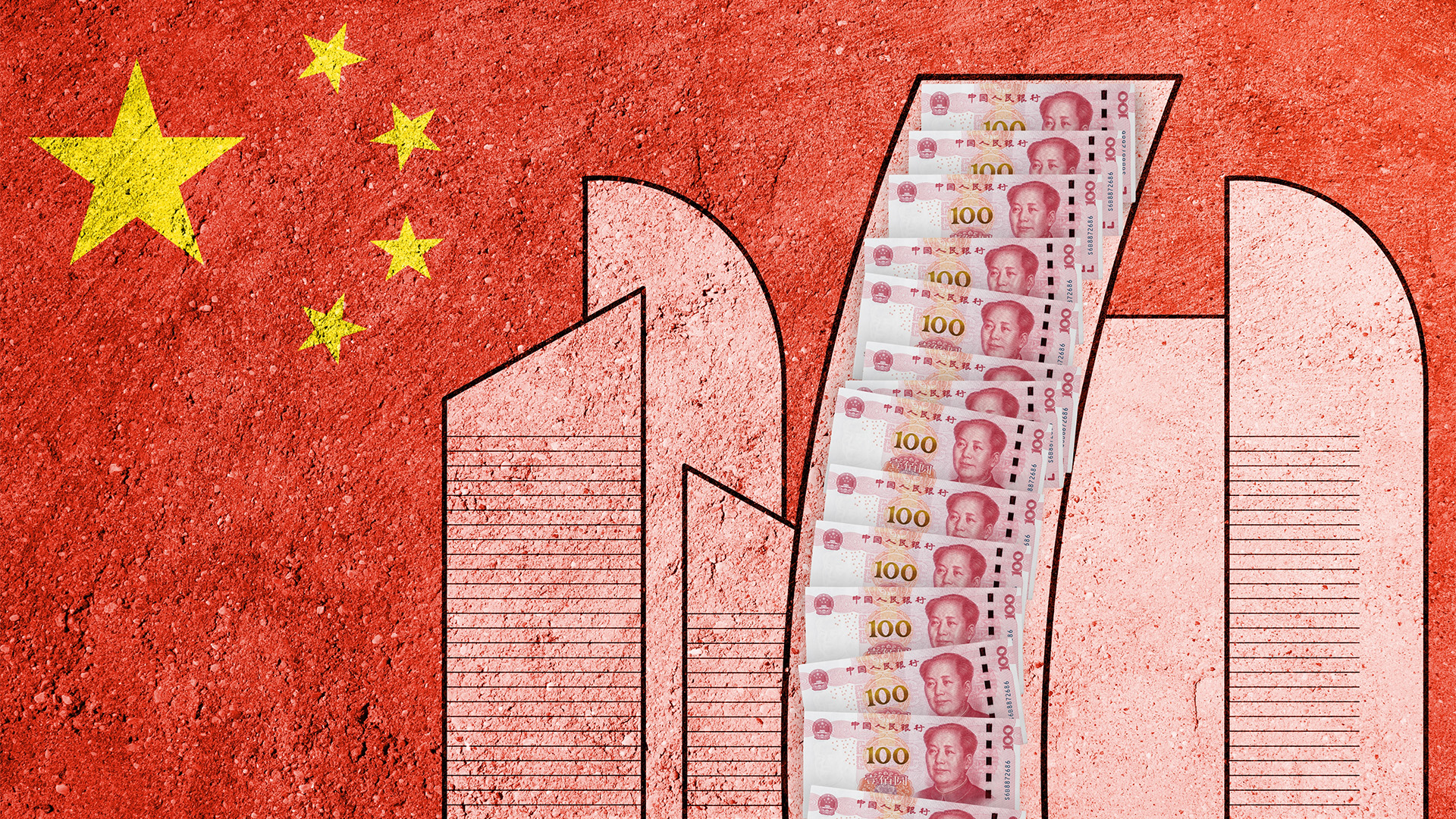How quickly that "property rescue" move from the Chinese government was forgotten—announced Friday, May 17, dead by Friday, May 24, if last week's falls on Chinese and Hong Kong stock markets are any guide.
The Hang Seng Index in Hong Kong fell nearly 5.2% over the week, and the property sub-index lost a larger 6.5%. The Shanghai market shed 2.1%, as did the CSI 300—the index combining the country’s biggest stocks in Shanghai and Shenzhen exchanges.
All three measures lost ground on Friday as well, to cap a miserable week for the so-called rescue plan, which most outside analysts think is a belated recognition of what is needed to stabilize and then reshape the struggling property sector, but was too little and perhaps too late.
Steel, copper, iron ore, and steel prices took a run up and down, though iron ore ended the week over $US120 a tonne for the third time this month, with the property rescue plan seen as the catalyst.
While copper charged higher to record levels on Monday as a squeeze play between shorts and longs played out, the Fed ended the rumpus with a gloomier set of minutes from its last meeting, and down went copper prices by more than 8% in three days.
It's not hard to see why after a few analysts got out their iPhones and crunched a few numbers on their apps.
According to Goldman Sachs, the total value of unsold homes, unfinished projects, and unused land in China is about 30 trillion yuan ($US4.1 trillion).
The firm estimated that to reduce the supply of housing to levels last seen in 2018 (that’s the peak of the boom) could require more than 7 trillion yuan ($US967 billion) for all cities. That’s more than 20 times the amount of funding announced by the People’s Bank of China (PBOC) on May 17.
Ting Lu, chief China economist at Nomura, who had described the country’s housing problem as being “epic,” says just finishing construction of pre-sold homes would require at least 3.2 trillion yuan ($US442 billion).
He estimated that there are currently 20 million pre-sold homes that remain unbuilt—and as many unhappy customers unable to get into their new homes.
Helen Qiao, chief economist for Greater China at Bank of America, said the funding size of a maximum of 500 billion yuan (well under $US100 billion) from the government was “rather underwhelming.”
Edward Chan, director, corporate ratings, S&P Global Ratings, said China’s property market is likely still “searching for a bottom.”
“The significance of the policy rollout last Friday was that the government is rolling out all these policies at one go, at the same day, at one time,” he said early last week. “This shows the government is serious, as well as dedicated, in stabilizing the property sector.”
But he pointed out that for real estate to see significant stabilization, homebuyers’ demand and confidence will need to improve after a market downturn of nearly three years.
China’s Housing Ministry says local governments can instruct local state-owned enterprises to help purchase some unsold homes from developers. But local government financing vehicles (LGFV), which are already carrying a huge amount of “hidden” debt, are not allowed to make the purchases, according to officials from the central bank, the PBOC. That means fewer options for local authorities to find the cash.
Chinese local authorities have already racked up about $US15 trillion in debt, much of it hidden, having borrowed heavily in recent years to cover the cost of pandemic-related spending and infrastructure projects.
The debt distress has forced many Chinese cities to slash spending, including suspending basic services, such as heating people’s homes in winter. In fact, there are reports at the weekend of Chinese cities and provincial governments cutting website services and other online offerings to save money.
“It’s debatable whether it’s a good idea to put more debt on already highly-leveraged local governments,” Jing Liu and Taylor Wang, China economists for HSBC, said in a note last week, which illustrates the dilemma the central government faces (though it can do the funding direct).














